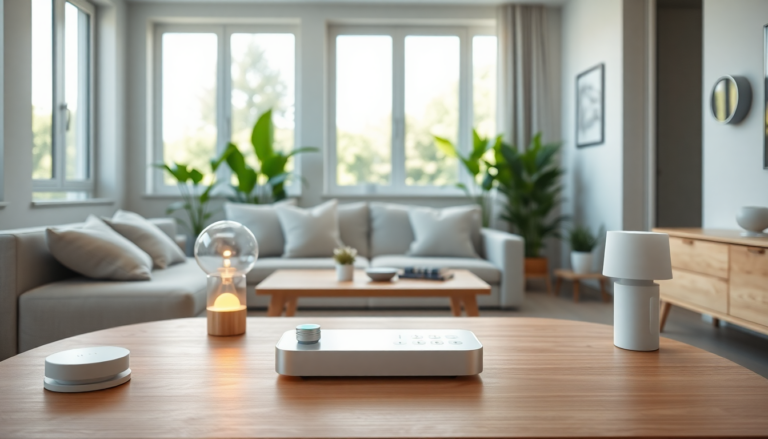Argomenti trattati
In today’s world of residential living, smart home technology is more than just a trend—it’s a game changer. Have you ever imagined managing your home’s lighting, heating, and security from your phone? With internet-connected devices, homeowners can do just that, enjoying remarkable convenience and energy efficiency. In this article, we’ll explore the ins and outs of smart home systems, their benefits, and the challenges they face in going mainstream.
The mechanics of smart home systems
At its core, a smart home isn’t just about having a bunch of fancy gadgets; it’s about creating a cohesive network that allows everything to work together seamlessly. The smart home hub is the brains of the operation, acting as the primary controller for all your devices. Think of devices like Amazon Echo, Google Home, and Wink Hub as the central command center, integrating various smart applications into one easy-to-use platform. This integration means you can control everything from one app, simplifying your life in the process.
Smart home devices connect through various communication protocols like Wi-Fi, Bluetooth, Zigbee, and Z-Wave. Each has its strengths: while Zigbee operates on a shorter range, Z-Wave can cover greater distances. And let’s not forget about Matter, a new standard introduced in 2022, which aims to eliminate compatibility headaches among devices. Who wouldn’t want a smoother, more cohesive smart home experience?
Benefits and drawbacks of smart home technology
The perks of smart home technology are hard to ignore. Imagine controlling your appliances from anywhere or optimizing your energy use—all while enjoying greater comfort. Homeowners can set devices to follow specific schedules or respond to their voice commands, making life just that little bit easier. For example, a smart thermostat can learn your habits and adjust the temperature automatically, ensuring your home is always just right while cutting down on energy waste.
But it’s not all smooth sailing. Despite the clear advantages, smart home technology faces some roadblocks on its path to widespread acceptance. The installation process can be a bit daunting for non-techies, and there are growing concerns about privacy and security as more devices connect to the internet. For manufacturers, the challenge lies in making these technologies user-friendly and secure to foster consumer confidence. What good is a smart home if you can’t trust it?
Future trends and innovations in smart home technology
So, what’s next for smart home technology? The future looks bright, with artificial intelligence and machine learning set to take smart devices to the next level. Imagine your virtual assistant not just responding to commands but actually anticipating your needs based on your habits. Sounds like science fiction, right? But it’s just around the corner!
Moreover, smart building technologies are gaining traction, meaning the principles of smart home automation will soon extend beyond residential spaces into commercial and industrial settings. This shift won’t just improve energy efficiency; it will also enhance occupant satisfaction through responsive environmental controls. How exciting is that?
As we move forward, it’s essential for homeowners to stay updated on the latest in smart home technology. Consider how these innovations can fit into your lifestyle. The future promises a living environment that’s not only more connected but also smarter, where convenience, security, and sustainability take center stage. Are you ready to embrace it?

